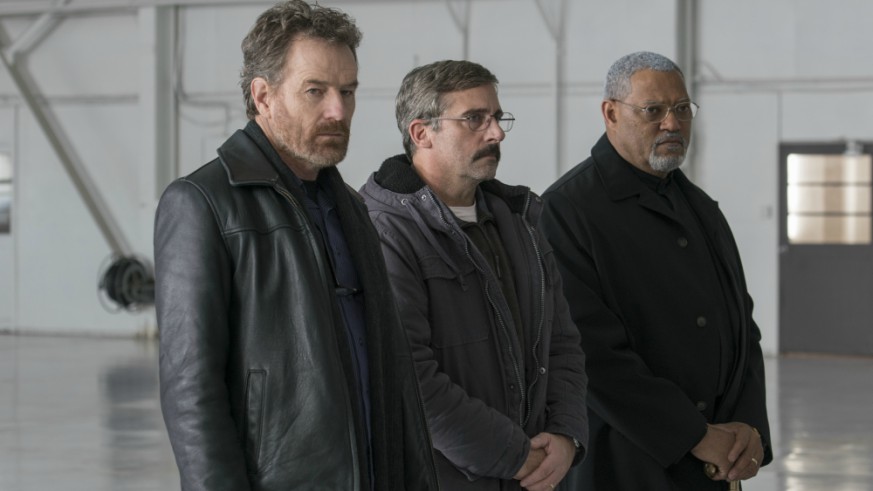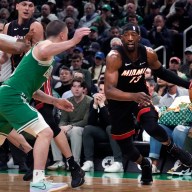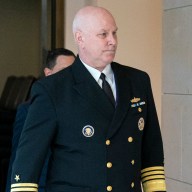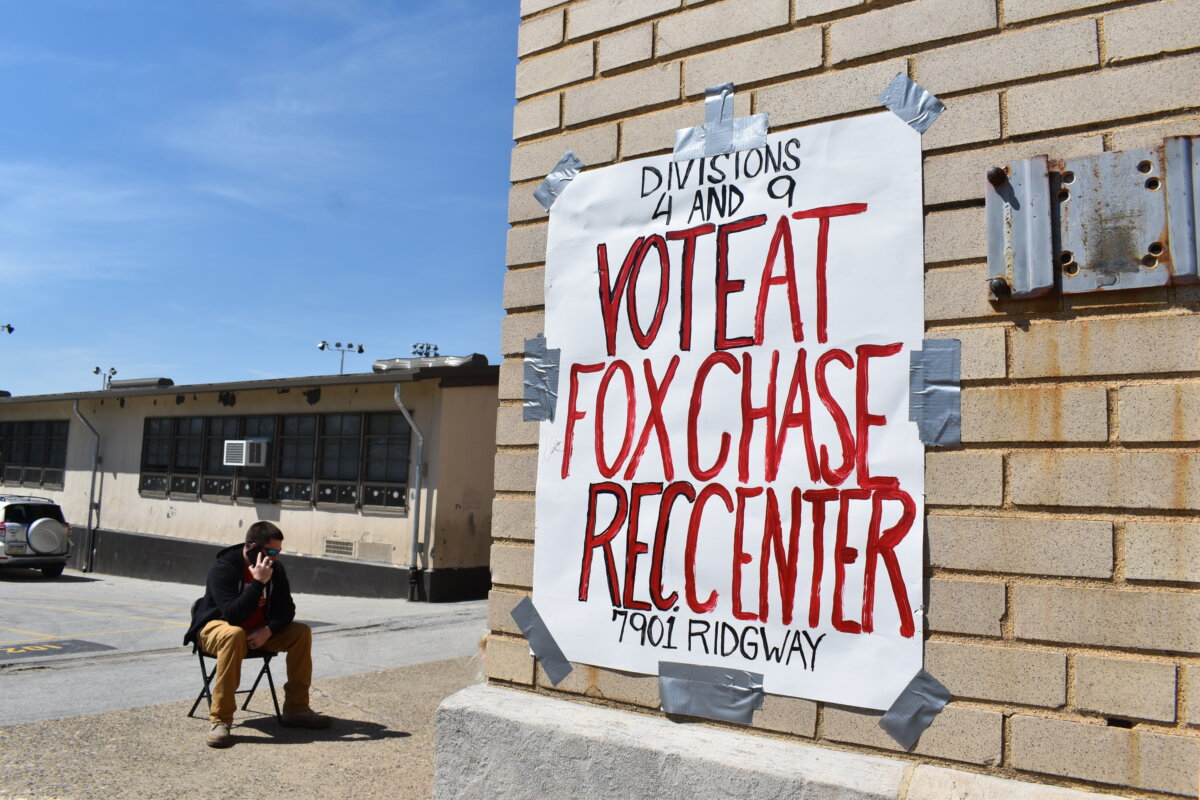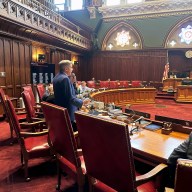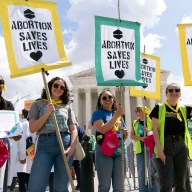Unlike many of its rivals, the New York Film Festival doesn’t select films packed with star names just to attract attention. If they’re involved it is merely a coincidence. The NYFF’s curators and programmers only have one question when they’re selecting their slate: ‘Do we like it?’
The Film Society of Lincoln Center’s 2017 New York Film Festival, which runs between September 28 and October 15, finds the event celebrating the best that cinema has to offer for a 55th consecutive year.
It opens with “Last Flag Flying”, the latest from bona-fide American auteur Richard Linklater, concludes with Woody Allen’s “Wonder Wheel”, and in between includes Noah Baumbach’s “Meyerowitz Stories”, Todd Haynes’ “Wonderstruck”, Luca Guadagnino’s “Call Me By Your Name”, Sean Baker’s “The Florida Project”, and Greta Gerwig’s “Lady Bird”. There are also conversations with Kate Winslet, Richard Linklater, and Ava DuVernay, in depth documentaries on Arthur Miller and Steven Spielberg, and a Robert Mitchum retrospective, too
Kent Jones, the director of the New York Film Festival, recently talked to Metro about this year’s cinematic extravaganza, outlining what makes the NYFF so unique and why they’re happy for you to disagree with their choices.
What sets New York Film Festival apart from other festivals?
I could answer that question in a few ways. We’re venerable—55 years—so that’s one obvious thing. So some people would say that we’ve become a New York institution. I remember as a teenager waiting for that Sunday Times NYFF every fall. Even if I couldn’t go (I grew up in New England), it cemented cinema and New York for me. We don’t have prizes. We don’t have a market. We have only a few world premieres. But we also stick to the mission of curating. We never pursue themes, we don’t have quotas, we don’t choose movies because they will guarantee stars on the carpet. The one question we ask ourselves is: do we like it?
What is the festival’s mission? And how does it reflect New York?
I think that the criterion and the mission are one in the same: we present films that have moved us and we’re sharing them with you. So, simply put, we’re saying that these are the films that we saw during this calendar year of 2017 that mattered the most to us. You don’t have to agree with us—that’s not the point. The point is: we responded to these films, now you respond to them, and if you want to talk about it, great. I’m stressing this because I think that people get into all kinds of ridiculous media discussions about what is objectively and definitively good and bad, worthy and unworthy, and there is no such thing. As a matter of fact, I think that Darren Aronofsky’s movie is suffering because of exactly those kinds of generalizations. And in this particular era, it all gets tied up with a kind of terrible internet-spawned momentum of collective condemnation, a real horror.
Did you have a theme when you selected the films this year? Or have you noticed one after the fact?
We never have a theme. We just select the films that mean the most to us, and then see the themes later. We probably see those themes after you do. I will say that there are 8 films directed by women in this year’s main slate. Not a theme but a welcome development, to say the least.
What made you pick Robert Mitchum for this year’s retrospective? How would you describe him to a modern moviegoer?
Why? Because a) it’s his centenary, b) he had a habit of appearing in genuinely great films (not all of them of course, but quite a few), and c) he was a great artist. The common way of describing actors, particularly actors who came out of Hollywood during the studio era, is in iconographical terms. But iconography is one thing and artistry is another. Mitchum was an actor with musical instincts, I think, and when he thought that a project was worthy he found a rhythm that worked in beautiful counterpoint to the film’s rhythm—he’s unique in that sense. Sometimes, it’s not counterpoint but pure convergence—”Out of the Past,” for instance. That’s how I would begin describing him.
A lot of past NYFF participants have gone on to achieve great success critically and at awards season – how does that feel?
Like I said, we choose the films that mean the most to us. If they happen to win a few awards along the way, great.
Name five films to look out for at this year’s NYFF.
At random, quickly, I’d say: “Four Sisters”, actually a suite of four films by Claude Lanzmann in our Special Events section, all incredible experiences on their own, overwhelming when taken together as one work; “Faces Places”, Agnès Varda and JR’s beautiful collaboration, a work of really majestic simplicity and energy that moved me and charmed me; “Spoor” by Agnieszka Holland and Kasia Adamik, a wild, impassioned and almost unclassifiable movie; “Three Music Films” by Mathieu Amalric, two shorts (about the singer, conductor and modern music champion Barbara Hannigan) and one hour-long film-in-perpetual-progress (about downtown composer-performer-impresario John Zorn) that are truly musical films about musicmaking; and “Crossfire”, made in 1947, part of our Mitchum retrospective, one of the quietest films noirs, set in Washington, DC after the war—Mitchum and Robert Ryan and Robert Young are all great as the leads, Gloria Grahame is incredible, and there’s a truly amazing scene with an actor named Paul Kelly.
You can check out the full slate and purchase tickets for the 55th New York Film Festival here.

